 |
| Wispon Concept Art for Sonic Forces |
Prev Post / Next Post
Howdy, Farmhands.
I like to think that my posts in this series up to this point have been somewhat novel. TTRPG blogs tend to cover a lot of the same ground, which is not a critique or complaint- there's a limited number of tried and true topics that everyone ought to take a whack at. Meanwhile, I've been over here talking about Sanics and Soda and whatever other nonsense passes through my twisted little mind. Today, I'm giving you a list of Weapon stats and expecting you to ooh and aah in all the right places. I promise we'll get through this. Stay strong.
PART 1: I ESTABLISH A BASELINE OF WHAT TO EXPECT WITH THE AFORE-MENTIONED LIST OF WEAPON STATS
Weapons in this hack are made up of 3 things, Category, Damage Die, and Damage Type. Damage Die is the simplest; ranging from d4 to d12, and rerolled with every Attack. Attacks in Odd-likes Auto-hit, meaning that most of your math will be done calculating how the damage die is modified by the environment you're using it in.
Damage Type is a bit more interesting. Maybe a bit too interesting. Consider yourself lucky; I have had to physically restrain myself from creating a full-on Pokemon Type Chart for this. I think what I've landed on is still good. Instead of having pre-determined interactions between an exhaustive list of types, I intend to make use of the existing Enhance/Impair mechanic found in Cairn and a good dollop of Common sense.
If fighting from a position of weakness (such as through cover or with bound hands), the attack is impaired and the attacker must roll 1d4 damage regardless of the attacks damage die.
If fighting from a position of advantage (such as against a helpless foe or through a daring maneuver), the attack is enhanced, allowing the attacker to roll 1d12 damage instead of their normal die. - Cairn, as usual
Damage Types, then, are an opportunity to have visible triggers for Impairment or Enhancement of attacks. Fighting against a Wood Creature with a Fire type Weapon? Of course that's Enhanced. Trying to slice your Sword through something covered in Metal? Probably gonna be Impaired, bud. While every table is different, and some players may not be willing to take the lead on determining whether their character does LESS damage, I like the idea of the GM and Players working together to establish these interactions through play. Player A was Impaired the last time they tried to use Arrows against a Water Creature, so Player B innately assumes the same without the GM needing to add that tidbit to every Water Creature Statblock in their notes.
The core Damage Types I'm currently considering are-
- Slashing - Generic Sword Damage
- Piercing - Stabbing, mostly
- Clobbering - Any sort of blunt or heavy impact
- Explosion - When things go BOOM
And of course, we need Elements, but these I'm not considering to be quite as exhaustive as the core types. These can be paired with or used in absence of the core Damage types.
- Fire
- Water
- Electric
- Rock
- Psionic
- Laser
- etc
The final component of a Weapon is it's Category, a classification that works as shorthand for additional mechanics and range. Generally these will be grouped by shape and function. A Katana and Fencing Rapier would both be "Sword" Category; with their differentiation in use conveyed via their Damage Types. Maybe some enemy statblocks could specify a weakness to an entire weapon category instead, but I'm not going to hardcode that into place. Some example categories include-
| Category Name | Category Description |
|---|---|
| Sword | Swords, Clubs, Hilted weapons with a specific end you hit with. All Swords can perform a Flourish as a Technique, adding 1d4 to their attack if successful at the risk of taking Fatigue on a failure. |
| Polearm | Staves, Spears, and the like. All Polearms have double the reach of other Melee weapons, but do 1 die size smaller to foes that are too close |
| Dagger | Daggers, Knives, Throwing Stars. All Daggers have two sets of Damage Die, one for Melee and one for Ranged, as they can be thrown. The intended use of the specific dagger will determine which is mechanically optimal. |
| Gun | Any weapon that discharges an object as ammunition. Yes, Bows count as guns. All Guns are exclusively ranged weapons, unable to be properly fired at melee range. They also tend to have higher die sizes compared to weapons of the same quality class. The trade-off is their need to Reload- whenever a Gun rolls max damage, it becomes jammed, emptied, or otherwise unusable. A PC can use their action next turn to clear it, returning it to use the turn following. |
| Buster | Any ranged weapon that discharges energy as ammunition. Usually mounted on one's forearm. All Busters can Charge as an action, sacrificing a turn to add an additional Damage die to their next attack. |
| Bomb | Anything that goes Boom. All Bombs deal damage with Blast, affecting every target in an area around it. All Bombs require 2 turns to trigger, one to Activate it (lighting it's fuse, setting it's timer, etc) and another to Ignite. All activated Bombs will automatically ignite at the start of the Activator's next turn. |
Putting these three Components together creates a ton of interesting Weapon options! The tried and true options are available, but what about a Sword that does Clobbering Damage? Daggers that do Explosion damage when thrown? What would those even look like? And more important to the game I'm writing- what choice will the players make when they have the option to choose a bizarre weapon, but don't have the space to keep their more standard tools?
PART 2: THE AFORE-MENTIONED WEAPON LIST
Remember, your lines are "ooh" and "ah." Don't ruin this for me.
| Name | Category | Damage Size | Damage Type |
|---|---|---|---|
 |
Dagger | d6/d4 | Piercing |
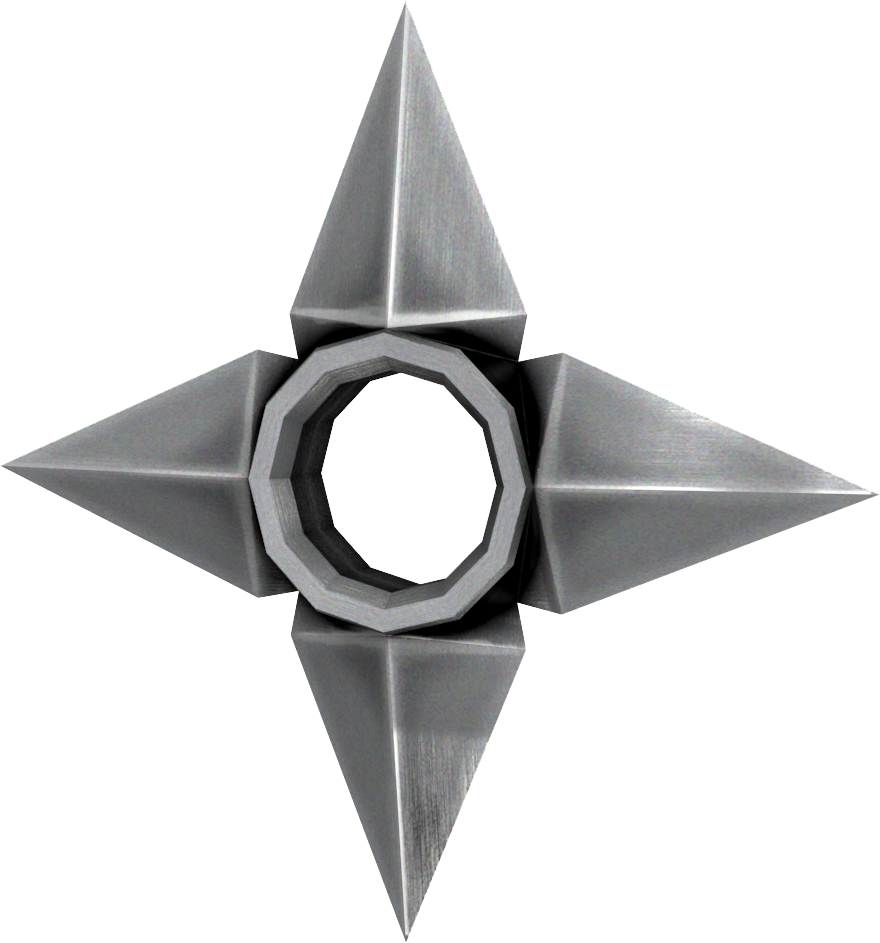 |
Dagger | d4/d6 | Slashing/Piercing, Explosion |
 Bomb |
Bomb | d6 | Explosion |
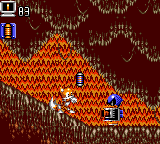 Napalm Bomb |
Bomb | d12 | Explosion, Fire |
 |
Sword | d8 | Slashing |
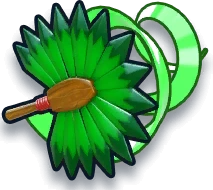 |
Sword | d6 | Slashing, Wind |
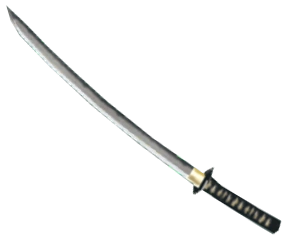 |
Sword | d8/d4 | Slashing/Piercing |
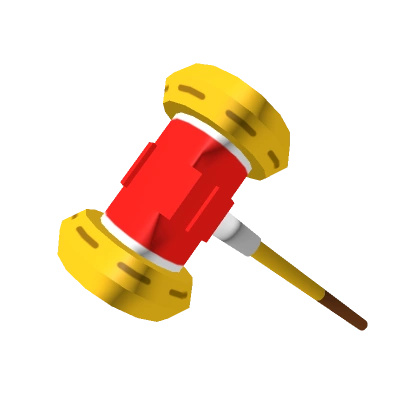 |
Polearm | d8 | Clobbering |
 |
Polearm | d6 | Piercing |
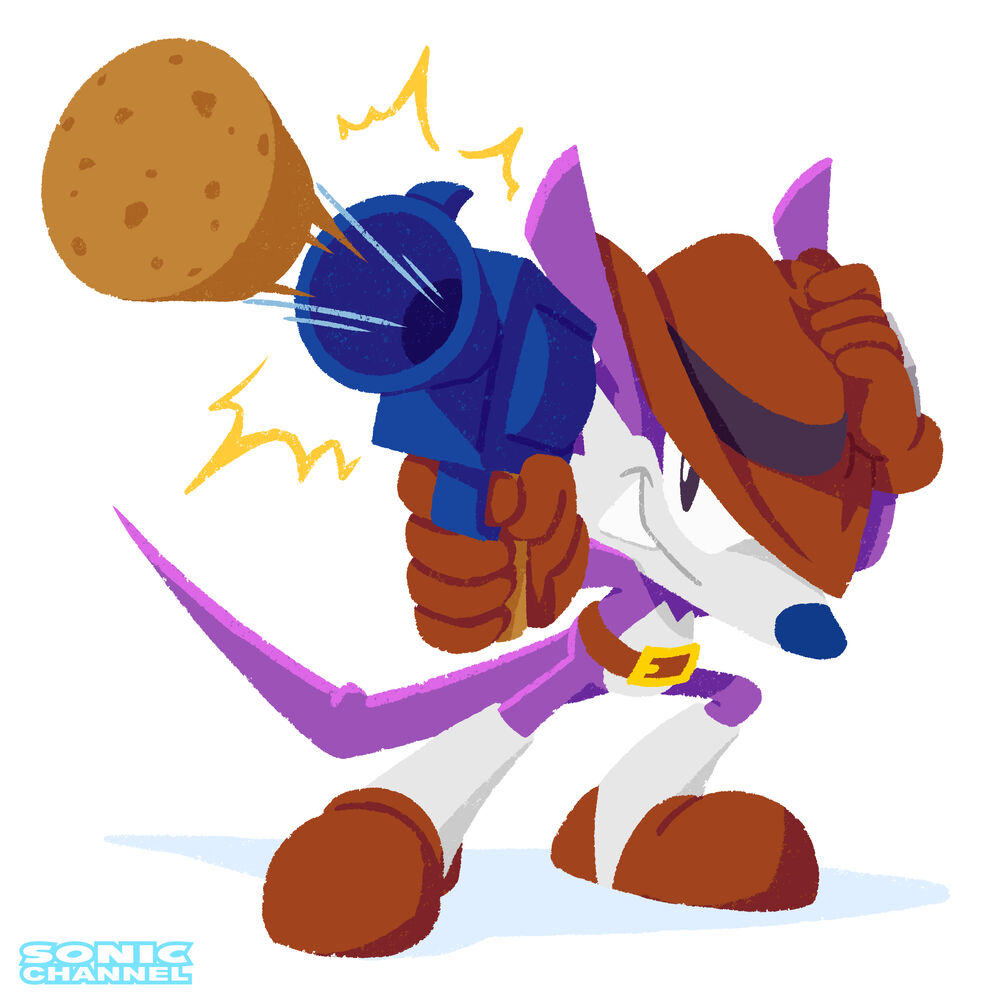 |
Gun | d6 | Clobbering |
 Pudding's Guitar |
Sword/Buster | d4/d6 | Clobbering/Electric |
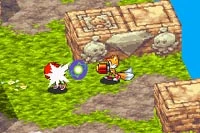 Energy Ball |
Buster | d6 | Electric |
PART 2: MASTERIES AND OTHER COOL SHIT YOU CAN DO WITH A STICK
I've been playing a lot of Legend of Dragoon (PS1, 2000) lately. It's a turn based rpg with a quick-time mechanic- successfully pulling off combos increases an xp track per named combo per character. I'm not... going to make everyone engage with the same level of detail lmao. But this will be here as an Option.
As an OPTIONAL Mechanic, Players can choose to pursue a Weapon Mastery. This is a title and list of Techniques granted to a player character that has invested time and study of a specific Damage Type or Weapon Category. A PC can only be pursuing one Mastery at a time, though they may choose to change which Mastery is 'active' during Downtime.
A PC actively pursuing a Mastery that rolls Max Damage when using a Weapon that matches that Mastery's focus can choose to instead mark a Track and re-roll, taking the second value. For every (X amount? Set amount? Increasing amount?) of Marks, the PC may learn a Technique from the Mastery List. This Technique is permanently added to their kit, though it requires a Weapon of the Mastery's focus to perform.
In my mind's eye, each Mastery list will have at minimum 5 techniques to choose from, and the order in which they're taken is up to the player. Depending on the context of the technique, it's entirely possible a player will "dip" into a single mastery for 1 technique, then switch to another for the remainder of their play. Note that as Mastery is gained via a track that logs Max Damage, Mastery is easier to accrue using weapons with smaller damage die. In theory, that means faster advancement at "lower" levels, but riskier combat. Enemies hit like trucks in odd-likes; sticking with a weaker weapon to MAYBE get a new technique is in itself a massive risk.
Example Sword Mastery
| Technique | Effect | |
|---|---|---|
| Flurry Blade | For every Dice Size you choose to lower your Weapon Damage this turn, you may make another Attack with that Weapon | |
| Leaping Strike | You may move up to 1/2 your movement speed vertically to target an enemy that would otherwise be out of range. | |
| You Are Already Dead | Choose a target within your range of vision, and quickly unsheathe, then sheathe your blade. At the beginning of the target's next turn, their action is interrupted as they take delayed Damage from your Weapon | |
| Gambit Finish | Roll a number of 1d4 up to the amount of Fatigue in your inventory, adding the sum to your attack. On a failed save, accrue an equal amount of Fatigue. | |
| A fifth one | idk man i've been editing this for like a week i'm tired and just gonna hit post so i can not think about it anymore lists are hard |
-Until Next Time,
Farmer Gadda



No comments:
Post a Comment